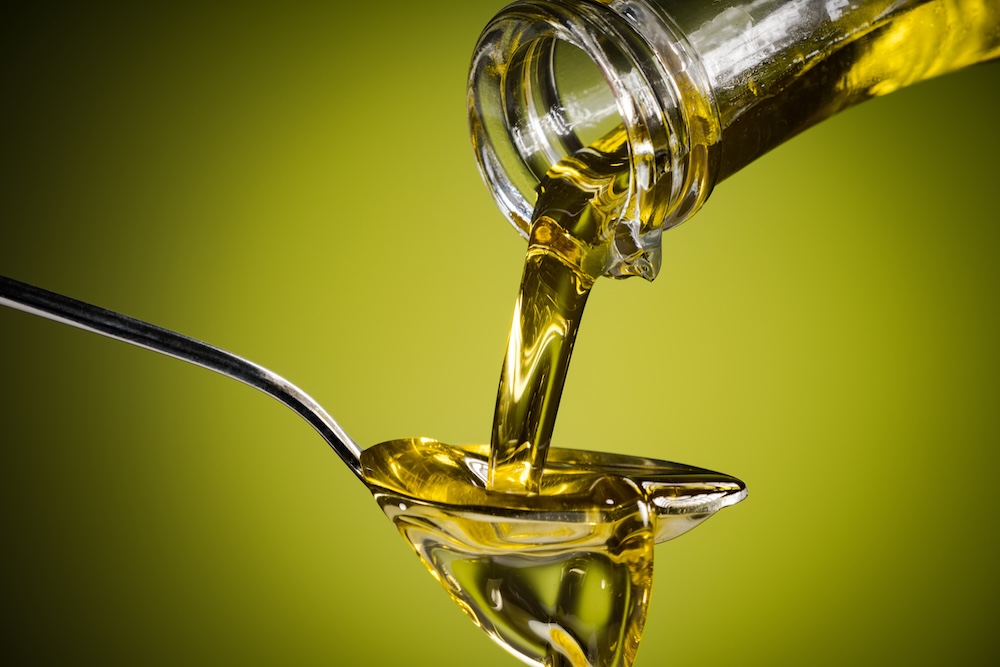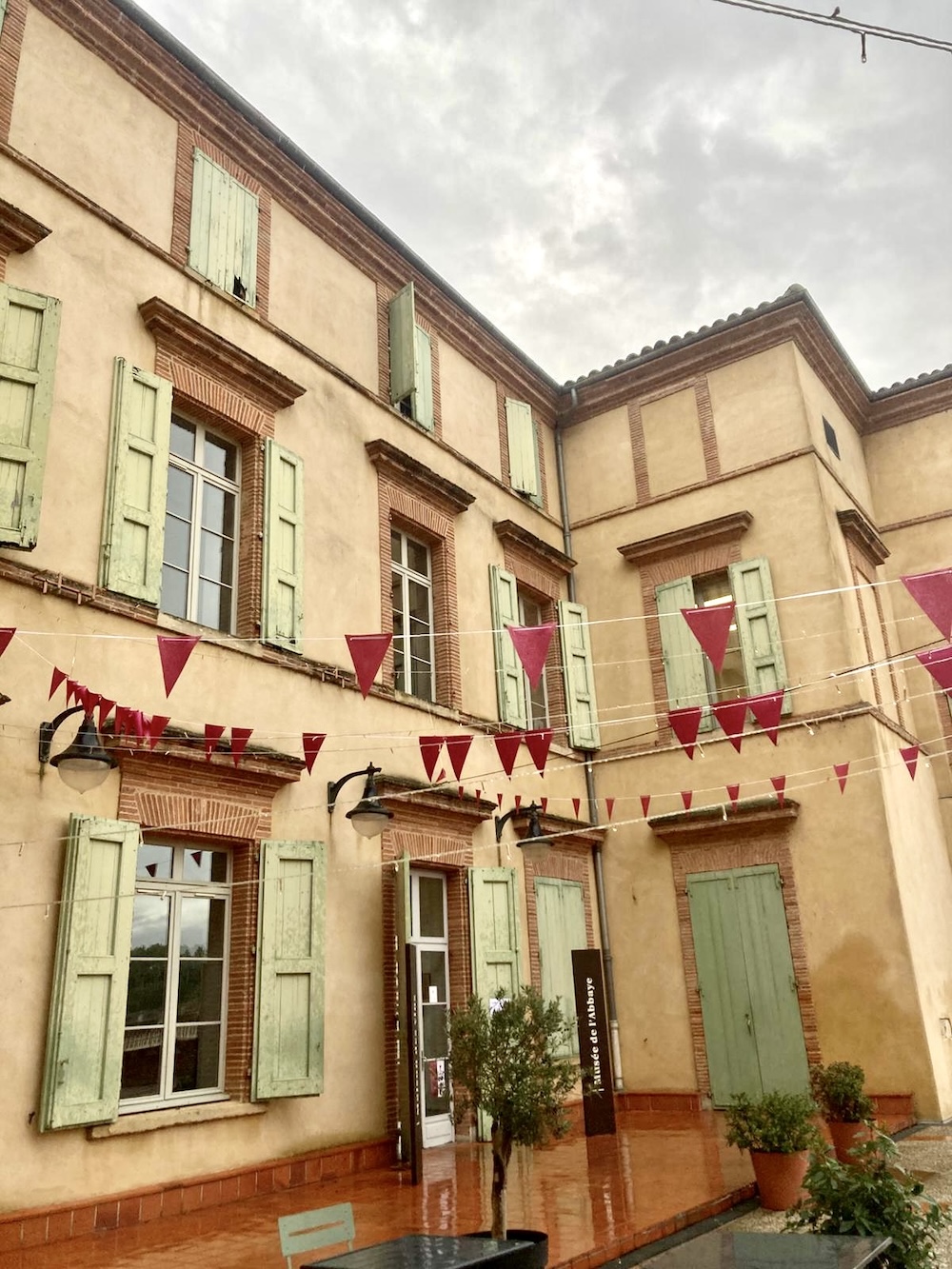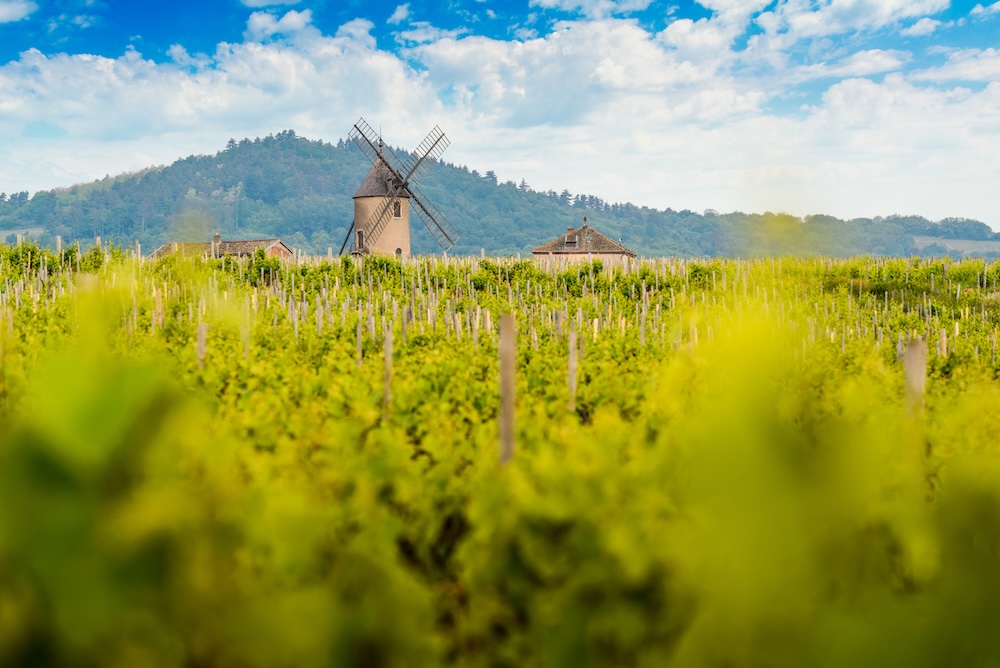
Discovery

Discovery
By Francesco Saverio, posted on 01 February 2022
A combination of confidence and reticence, foresight and respect for tradition, Prosecco Rosé was born in 2020. The pink version of Prosecco, with its own regulations, joins existing white versions of DOC Prosecco produced since 2009, namely Prosecco Frizzante, Spumante and Tranquillo.
In actual fact, many Prosecco companies were already producing the pink version with considerable success, even without stating the name ‘Prosecco’ on the label. For this very reason, the Consortium decided to regulate the production of rosé, thereby enhancing its quality and recognisability, with positive effects on the perception of the region and the other types of Prosecco.
Rosé production conditions require that only Glera (85 - 90%) and Pinot noir (10 - 15%) grapes be used, fermented as red wine. Also, on the label the term ‘Millesimato’ is mandatory, followed by the reference vintage of at least 85% of the grapes. Initially, the indigenous Raboso grape (in Veneto) and Refosco (in Friuli) were considered for the blend.
The production area matches that for DOC Prosecco, which is located in north-eastern Italy and more specifically in 5 provinces in Veneto (Treviso, Venice, Vicenza, Padua, Belluno) and 4 in Friuli Venezia Giulia (Gorizia, Pordenone, Trieste and Udine). When the grape harvest, winemaking process and bottling take place entirely in the provinces of Treviso and Trieste, the special statement of Treviso or Trieste may be used to emphasise the historical value of the two provinces.
The rosé version must be produced entirely by natural fermentation in autoclaves with a winemaking period of at least 60 days. During this period, the yeast can release compounds such as mannoproteins, which have positive effects on colour and effervescence and increase sensory and taste complexity. The colour is a pale pink which varies in intensity, glistens and displays consistent bubbles. The aroma is fine, characteristic and typical of the original grapes. Alcohol content must be at least 11% vol. and minimum total acidity is 4.5 g/l, with a minimum non-reducing extract of 14.0 g/l.
In its first year of production, rosé Prosecco was a resounding success. In just 9 months, 54.2 million bottles were produced out of a total 425.5 million of DOC Prosecco. Its current share of 13% of total production underscores the relevance of the project and demonstrates the growing trend worldwide for rosé wines.
Here, we review a selection of the most significant Prosecco wineries to demonstrate the growth of the rosé category.
The story of Piera began in 1899, with farms in the Padua area. It is a family business, passed down through the generations, with management responsibilities transferred from father to daughter. Piera Martellozzo has currently been running the business for twenty-five years.
The company believes that the Covid-19 pandemic has encouraged companies to look for innovative and alternative solutions and has also opened up new markets and broadened tastes around the world.
DOC Prosecco Rosé Clâr de Lune is one of the products created by Piera 1899 during the pandemic. The excellence of the base wine attracted widespread interest. As wine shops and restaurants have reopened, its success has grown further, fuelled by its flavour and packaging, which is fundamental for this type of wine.
DOC Prosecco Rosé Piera 1899 is a complex wine which, as a Brut Nature (zero dosage) undergoing lengthy fermentation (120 days), meets the tastes of even the most demanding palates.
Being able to use Pinot noir has bolstered the perception of Prosecco, especially abroad. It also increases the sensory quality of the wines, adding greater structure, pleasant aromas and good persistence. These aspects are emphasised by the winery's decision to use Pinot noir with light oak maturation. Only 10,000 bottles of DOC Prosecco Rosé Clâr de Lune are produced, using grapes from the Friuli Grave region. The main markets are Italy, Central Europe, Asia and North America.
Armando Serena founded Montelvini in 1968 and his children Sarah and Alberto are now at the helm. Although the company is one of the long-standing producers of Asolo Prosecco Superiore DOCG, it has willingly taken on the challenge of Prosecco Rosé, showing great foresight. The results have undeniably been positive, driving both growth for the business and a lot of interest and curiosity. All of the company's customers have shown interest, even though the rosé still needs to break into the market segment, which is not a lover of Prosecco DOC, thereby raising the perception of the label.

Using Pinot noir certainly helps at international level – initially the plan was to use a native varietal such as Raboso, but it is less well-known. Also, Pinot noir has been grown across the region for a long time, can be easily exported and consistently lends delicate versatility to sparkling wines. The results are excellent and, according to the company, Prosecco Rosé has given the entire sparkling and semi-sparkling rosé wine segment a boost, even those that are not Prosecco. The hope is to use the rosé version to raise the general profile of DOC Prosecco. Montelvini produces two versions: ‘Promosso’, a DOC Prosecco rosé in the ‘classic’ range; and a DOC Prosecco Treviso Rosé in the ‘Serenitatis’ collection, with a bottle customised by Montelvini and elegant livery. Currently, in addition to sales to Italy, the company also exports to 50 countries. All have shown great interest, but Prosecco rosé is enjoying particular success in the USA, UK, Russia, Scandinavia and Eastern Europe.
Villa Sandi is located in Crocetta di Montello, in what was once “the Garden of Venice”, in a former Palladian school dating back to 1622, located at the foot of the Treviso hills.
DOC Prosecco Rosé has also been a great success for this important company. The driving force behind the birth of Prosecco rosé was the growing desire among Prosecco enthusiasts for a pink sparkling wine. Villa Sandi was one of the first companies to believe in the potential of the rosé version and respond to demand from international markets. Riding the crest of the pink wine wave, the combination of Prosecco and rosé was a winner, despite being launched during a globally challenging period.

The new version has opened up new opportunities for Prosecco. Its colour might suggest it would appeal more to a female audience, but this is actually not the case. DOC Prosecco Rosé is enjoyed by all consumers, as it combines the freshness and floral and fruity notes of Prosecco with the red berries, pomegranate and rose notes of Pinot noir. The longer ageing period gives it greater complexity and increases its perceived value. It is also very versatile for food pairings. It is important for Villa Sandi to emphasise the regional connection with Prosecco rosé, using only Pinot noir from its own vineyards, where it has grown for decades.
Commercially, Prosecco rosé was immediately embraced by the two countries that started the international Prosecco boom: the UK and the US. The success then spread throughout the world.

Serena Wines 1881 is located in the heart of the Prosecco region, a stone's throw from Conegliano. The family-run company notched up its fourth generation with Giorgio Serena and is now in its fifth generation, with his son Luca Serena at the helm.
The figures confirm the positive trend for Prosecco rosé, both in Italy and internationally, with the USA in pole position (1 in 5 bottles of Prosecco sold in the USA is pink Prosecco), followed by the UK and then Poland, Germany, Romania and Italy, with super/hypermarkets stealing a march on the on-trade. In the Italian on-trade, partly because of the pandemic, Prosecco rosé is still carving out a place for itself, unlike supermarkets which are responding very well to the new style.
This is a high-quality wine where use of the Glera grape underscores its regional connections, while Pinot noir instils elegance and helps raise the profile of Prosecco abroad. It has already become the jewel in the DOC's crown, with the long Charmat method imparting fine, persistent bubbles and greater complexity.

Zardetto was founded in 1969 by Pino Zardetto who, drawing on more than 15 years' experience as a winemaker for important wineries, decided to devote himself to Prosecco. Today it is one of the most established wineries in the area and, as such, saw Prosecco rosé as an opportunity to raise the profile of the Prosecco appellation across-the-board. Despite the Covid-19 pandemic, the company's Prosecco sales remained stable in certain countries where the pandemic ran a different course than in Europe (e.g. Asia), while the spring and summer re-openings brought a wave of positivity and confidence for the entire wine chain, particularly in markets where the on-trade is significant such as Italy and the USA. Diversifying markets has minimised the risks, and target markets are currently the USA, Italy, Southeast Asia and Germany.
Prosecco owes part of its success to the fact that it is a ‘democratic’ wine, suitable for everyone. Prosecco rosé also aims to be a cross-category wine, but showing high quality.
Use of Pinot noir has made a major contribution to moving the category upmarket, enhancing the entire designation. It is an internationally recognised grape variety, and for Zardetto, it was definitely a good choice.
The target market is the on-trade and the Prosecco Zardetto Rosé 2020 was only presented to Italian and international customers in spring 2021, later than the first Prosecco rosé releases at the end of 2020. It immediately turned heads in the international market, thanks to its customised presentation kit, use of the ‘Provençal’ colour and innovative packaging, all cues associated with a premium Prosecco.
For the company, the important thing now will be to consolidate the Prosecco brand across the globe and help customers understand the different styles.

Le Manzane is a family-run business located in San Pietro di Feletto, halfway between the Dolomites and Venice. It is ensconced amidst the hills of the province of Treviso, in the heart of the Prosecco Superiore uplands. The winery, which has its roots in the Conegliano Valdobbiadene DOCG area, decided to add a DOC Prosecco rosé to its portfolio to demonstrate its responsiveness to current market dynamics. After a first year of sales, its Prosecco rosé has garnered a very positive response. Despite the challenges thrown up by Covid-19, the wine has been well received, offering a breath of fresh air, and sales above expectations.
According to Le Manzane, pink Prosecco appeals to young people and is attractive to a female audience, but its versatility and low alcohol content make it suitable for different occasions, from celebrating a special occasion to an aperitif at the end of the day. Certainly Pinot noir fermented as red wine has made sparkling Glera more intriguing both from a visual and sensory perspective.
These characteristics have also allowed Prosecco rosé to be welcomed by international markets with great enthusiasm and interest and it will carve out an increasingly important market share for itself in the future.
The company produced 60,000 bottles in 2020, marketing them mainly abroad and in Italy over the summer season.

The Bacio della Luna winery belonging to the Schenk Italia group was established in the heart of the renowned Prosecco Superiore Conegliano Valdobbiadene DOCG area. Sustainable winegrowing with respect for nature and a hands-off approach in the winery have resulted in a range of wines which include the new Prosecco rosé. The pink version has capitalised on the success of 'white' Prosecco and has grown apace, though initial fears that one of the two would swallow up, even a part of the other, proved to be unfounded.
The last two years have been very complex, but the company has come out the other side on a positive note, leveraging its multi-channel distribution network and the increase in supermarket sales. These compensated for losses in the on-trade, so much so that in October 2021, the company returned to pre-pandemic sales levels. Investments in production and communication also facilitated the launch of Prosecco Spumante Rosé Millesimato Doc Extra Dry Bacio della Luna.
Restricting Prosecco rosé to women, young people or special occasions would be counterproductive, as the wine has already demonstrated consistent consumption all year round by a varied target market, and is linked to glamorous, social occasions.
The Pinot noir produces a fruity profile which emphasises body and elegant aromas. Its 100% Veneto provenance and fermentation for a minimum of 60 days mean that it has more structure than its white alter ego.
The public has responded well to the new version of Prosecco and sales have grown simultaneously with those of DOC Prosecco. Slow fermentation has produced a more complex, complete wine, and the company believes there is still room for it to distinguish itself from white Prosecco and certainly has greater versatility in terms of food pairing.
Its key markets are mainly the UK, USA and Italy, but Russia, Eastern Europe and Scandinavia are also growing well.

Cantina Montelliana dei Colli Asolani, founded in 1957, is a co-operative of winegrowers located in Montebelluna (Treviso). It has about 400 members and a total vineyard area of approximately 690 hectares, with low yields per hectare, which are synonymous with quality. The debut of Prosecco rosé has been very successful for the winery, and its launch was met with great excitement from the market.
At Cantina Montelliana too, the feeling is that the rosé version does not have a specific target market, as the different styles offer different flavour experiences. The real difference is in the distribution channels and the off-trade is the primary source of success. Super/hypermarkets are focusing a lot more on Prosecco rosé than the on-trade. The choice of Pinot noir stems mainly from the fact that the variety was already authorised by Prosecco regulations in the blend for DOC Prosecco, but few people know this. This certainly sped up the emergence of Prosecco rosé. Some would have preferred Raboso or other native varieties, but for others Pinot noir is a winning choice. Points of view aside, Pinot noir, in addition to its elegant colour, lends Prosecco rosé unique aromas and flavours.
Internationally, Prosecco rosé is particularly popular, while in Italy there is still some scepticism. In the first year of rosé sales, despite initial fears, 'white' Prosecco continued to grow and Prosecco rosé joined Prosecco sales at around 15% of total sales. The significant increase in demand for Prosecco, both white and rosé, coupled with stable supply has resulted in price increases for the 2021 harvest.
To enhance the value of the product, consumers need to understand that Prosecco rosé is not a better or worse version of the 'original' Prosecco. Prosecco rosé is simply a different iteration of Prosecco. Differing price points can and should be justified by the longer production process but also and above all by the effects it has on the wine in terms of development of aroma, body and bubbles. Prosecco rosé is therefore not a 'cheap' version of classic method rosés, nor is it a wine for women. “Unique, but for everyone!” should be its slogan.
The key markets are Australia, the Russian Federation, Finland, France, Germany, Great Britain, Greece, Italy, Latvia, Lithuania, Norway, Poland, Czech Republic, Slovakia, United States, Sweden, Switzerland and Ukraine.

Founded in 1968, La Marca now represents about 5,000 winegrowers who manage some 15,000 hectares of vineyards, divided between the group's 8 wineries, all of them located in the heart of the Prosecco region in the province of Treviso. The company’s philosophy is based on regional focus, co-operation and sustainability.
Despite the uncertainties caused by Covid-19, its performance over the last two years has been better than hoped for, as off-trade sales more than compensated for losses in the on-trade. Launching Prosecco rosé helped, as it is a wine aimed at everyone with a fresh and delicate taste. This is partly ascribed to Pinot noir, which has always been grown in the local vineyards and is constantly the subject of experiments by the company's team of winemakers with excellent results. The fine bubbles hold the palate in a velvety embrace, releasing the fresh fragrance of red fruits. The feedback for Prosecco rosé is enthusiastic and confirms the relevance of the company's project with this type of wine.
DOC Prosecco Rosé is gaining more and more traction, both in Italy and abroad, and is helping to enhance the value of the Prosecco brand and its regional origins. The markets that have responded most positively are the USA, UK and Germany.

The history of Riondo Wineries, founded in 2008 as a branch of the Collis Veneto Wine Group, does not prevent the company from looking to the future. Its mission is to market wines produced from the grapes of its 2,000 members. It sells the wines in Italy and around the world in the on-trade and in super/hypermarkets. Prosecco rosé was an immediate success for the winery, attracting a lot of publicity and positive feedback.
Prosecco rosé is a versatile, enjoyable wine, suitable for a variety of drinking occasions and therefore appeals to a broad-ranging audience, although the main focus is certainly young people; its delicate pink nuances also make it particularly attractive to a female audience. Pinot noir as a complementary grape to Glera is a valuable component of the blend and increases the perceived value more than the traditional version.
The trend was generally positive in all markets, although the focus was mainly on the US market, which received the new product with a great show of enthusiasm. This was followed by Italy, Russia, Germany and Denmark, all of which showed a particular propensity to buy. In general, Riondo Wineries confirms that rosé sparkling wines are increasingly sought-after abroad.
Consumers have been struck by the pink bubbles from Glera and Pinot noir: elegance, quality, conviviality and fun are the images associated with Prosecco rosé. The trend is quickly becoming a driving force for Riondo Wineries, which supplies two different versions: a Prosecco Rosé Extra Dry Riondo and a Brut signed Casalforte, in its premium line.

Discovery

Discovery

Discovery